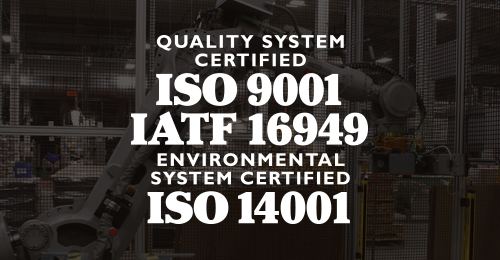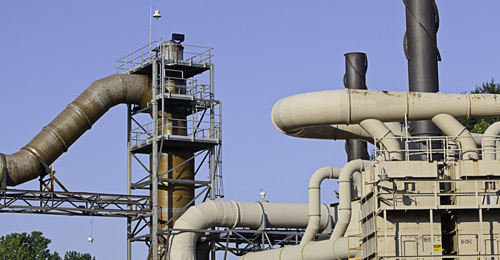Lift trucks are true supply chain champions. Lift trucks move raw materials, work in process, finished goods, and load/unload a staggering number of goods. Almost every product in our country is touched by a lift truck at some point in its lifecycle. In turn, these lift trucks need power to move materials, by either internal combustion (propane, gasoline, diesel, natural gas), or electric (batteries). The large majority of lift trucks (over 64% and growing) are powered by electric batteries.
1. What are the technologies?
In the electric battery market, the most predominant technology is lead, followed by lithium (specifically lithium-iron phosphate). While lead has been around for over a century, lithium-iron phosphate technology is finding success in multi-shift, high energy demand applications. Both lead and lithium are important technologies in powering today’s fork lift trucks.
2. What power is right for me?
That all depends on your needs. Performance is critical to the success of your operation. Each facility should have their battery/charger partner analyze the power needs and duty cycle of the trucks. A key way to quantify the power requirement is by determining the Equivalent Battery Unit (EBU) needed.
- An EBU is defined as one discharge to 80% depth of discharge. For example, take a 1000 AH battery. Discharge it to 80% of its rated capacity using 800 AH. That is one EBU.
- There are applications that require 1 EBU, and there are applications that require more. A recommended guideline is the following:
1 EBU Best suited for Conventional-charged
lead battery and when changing batteries
1 – 1.25 EBU Best suited for Opportunity-charged
lead battery
1.25 – 1.6 EBU Best suited for Fast-charged
lead battery
≥ 1.6 EBU Ideal for Lithium-Iron battery
3. What are the other critical factors besides power?
Total Cost of Ownership (TCO)
Charging & Battery Rooms – While common in conventional lead charging applications, this is growing less common in larger warehouses and 3PL facilities as they look to maximize their space for profitability. Eliminating the battery changing and charging room can be accomplished either with flooded lead technology, through Fast- or Opportunity-charging, or maintenance-free options like the Deka® Dominator® gel technology. The other option is to use lithium technology like the Deka® Ready Power®. Using the correct lead battery or lithium battery will allow you to charge at higher rates on-demand throughout the facility with no special room required.
Cost/Life/Maintenance
Lithium batteries have a higher acquisition cost than lead batteries. In addition to cost of the battery, a customer must also weigh the cost of maintenance. Lead batteries offer technologies that require minimal maintenance and also offer maintenance-free options. Lithium technology doesn’t require watering, extended equalize charges, or neutralizing washes. Life is critical to determine your daily cost. Regardless of the technology, product life is historically dependent upon the duty cycle of the product. NOTE: This is where the ROI becomes critical.
Support after the sale
Purchasing a product is just the first step of partnership. At East Penn and Navitas we value our customers and our goal is a long term relationship. In addition to the highest quality products in the marketplace, we also have an exclusive support network across North America that is unparalleled in the industry. With over 71 locations, we have you covered from routine maintenance, battery accessories, and technical advice for both batteries and chargers.
Sustainability
Lead batteries are the most recycled consumer product in the world with a recycling rate of 99%. The recycling and sustainability of lead batteries is a massive success story as virtually 100% of a lead battery’s components are recyclable. Not only is it recyclable, but also sustainable, meaning that when it is picked up and recycled, the lead battery can be repurposed and turned into a new lead battery. In addition, there is a financial credit received by the customer when they turn in their lead battery. Recycling and reusing lithium-iron phosphate batteries is still under development. The current recycling process is tailored towards recycling individual components, such as steel, which is very valuable and other components of the battery. However, there is not yet a comparable solution such as lead, where spent lithium-iron phosphate chemistry is turned into new batteries.
4. How do I find the right partner?
Find a partner that has multiple technology and product experience in addition to the capacity to handle your power needs. The right partner will help you evaluate each facilities operation to determine if lead, lithium, or a mix of both could be the best answer. Deka brand batteries are available in both lead (flooded and maintenance-free gel) and lithium technologies and have the second largest market share in North America.
This is a tough environment and you need a battery and technology with proven results built specifically for the application. With almost 75 years in the industry, East Penn knows the battery business and builds batteries that work. Choose a company you can trust.
E-mail: motivepowersales@dekabatteries.com
Phone: 610.682.3260

